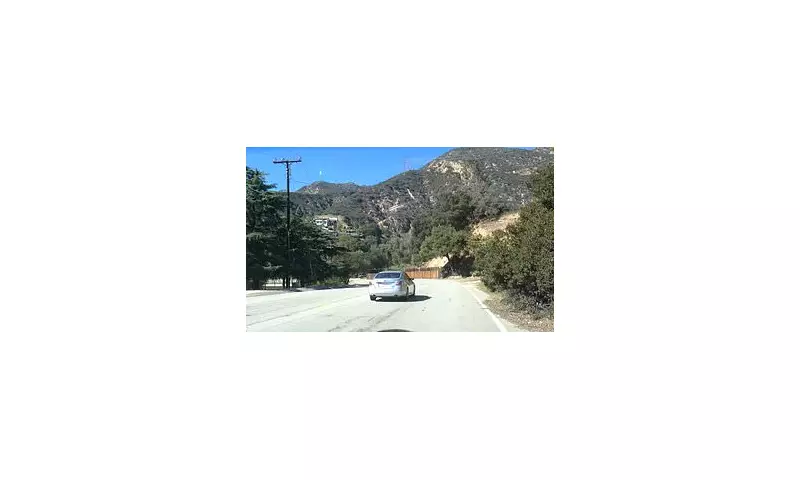
At first glance, it appears to be an ordinary stretch of tarmac. But this particular roadway in the Los Angeles area is the site of a bizarre phenomenon that makes vehicles seem to defy the very laws of gravity, sparking generations of spooky tales and scientific curiosity.
The Legends of Altadena's Gravity Hill
Nestled in the mountainside of Altadena, just north of Pasadena, lies the infamous Gravity Hill. This unassuming highway, which looks for all the world like it slopes downward, is where cars are witnessed rolling uphill, an event that has spawned several chilling urban legends.
Tok Thompson, a professor of anthropology and folklore researcher at the University of Southern California, detailed some of the most persistent stories. The most popular folklore involves a school bus full of children who allegedly met their end on this very road. According to the tale, their ghosts now haunt the hill, pushing cars to safety to prevent other drivers from suffering their same tragic fate.
Another macabre myth tells of a high school girl who took her parents' car for a joyride with friends. The vehicle supposedly spun out of control, crashing and killing everyone inside. Locals believe the spirits of the girl and her friends now linger on the road.
'There is no one set story,' Thompson explained. 'All these stories overlap. There's no one correct version. What we do find is they tend to bleed into each other very often.'
Unravelling the School Bus Myth
The school bus legend itself has multiple variations. One version claims the driver, tired and in a hurry to get home, was driving too fast. He swerved on a bend, causing the bus to tip over and slam into trees, killing all the children onboard.
Another gruesome account suggests the bus stalled on the road. The driver asked the students to help push it, but the bus suddenly rolled backwards, running them over.
Some versions of the legend even propose a test: if you sprinkle baby powder on the back of your car before letting it roll, small, ghostly handprints will appear. Despite the vivid storytelling, there is no documented evidence of a school bus crash ever occurring at the site.
'Maybe they’re true. I'm not gonna say ghosts aren’t real. Science has never disproved ghosts,' Thompson said of the stories. 'One of the things about being a folklorist is we usually sort of suspend our judgment of the stories.'
The Scientific Explanation Behind the Illusion
Sceptical observers, however, point towards a more rational explanation. The phenomenon is widely considered to be a naturally occurring optical illusion caused by a lack of a visible horizon.
When witnessing the event, it is remarkably difficult to comprehend the illusion, even for those who are aware of it. The road and the cars on it clearly appear to be angled downwards. In reality, this is a classic case of misleading angles and perspective, which highlights the limitations of human perception.
The illusion occurs because viewers have a skewed perspective on the road. The area where cars roll 'backwards' is actually on the crest of a hill where the road's incline becomes less steep just before it genuinely begins to slope downward. For observers, this difference in inclines creates the false impression that cars have already passed the top of the hill. The lack of a horizon or distant reference points completes the convincing trick.
Altadena's Gravity Hill is far from unique. In California alone, there are at least eight such gravity hills, and they can be found all across America and the world.
'If I'm talking to my folklore class - I’ve got about 100 students in the lecture or something - most of them will have heard of a gravity hill, maybe where they come from,' Thompson noted.
A Modern Cultural Phenomenon
A gravity hill holds a similar appeal to a haunted house, Thompson suggested, drawing both sceptics and believers hoping to witness the phenomenon for themselves. The digital age has only amplified its fame.
Platforms like YouTube and TikTok are filled with videos of people testing the hill. Some hopeful visitors even conduct the baby powder test, though they are often met with disappointment when no spectral handprints materialise.
Beyond the thrill, Thompson emphasises that these stories play a crucial role in fostering community identity. To truly become a local, one must learn the local folklore.
'If you move to a new area, you're supposed to pick up on all these legends of whatever the local monster might be, or the local gravity hill, or the local haunted house,' he said. 'So it's also sort of where people establish their identity as a local.'





